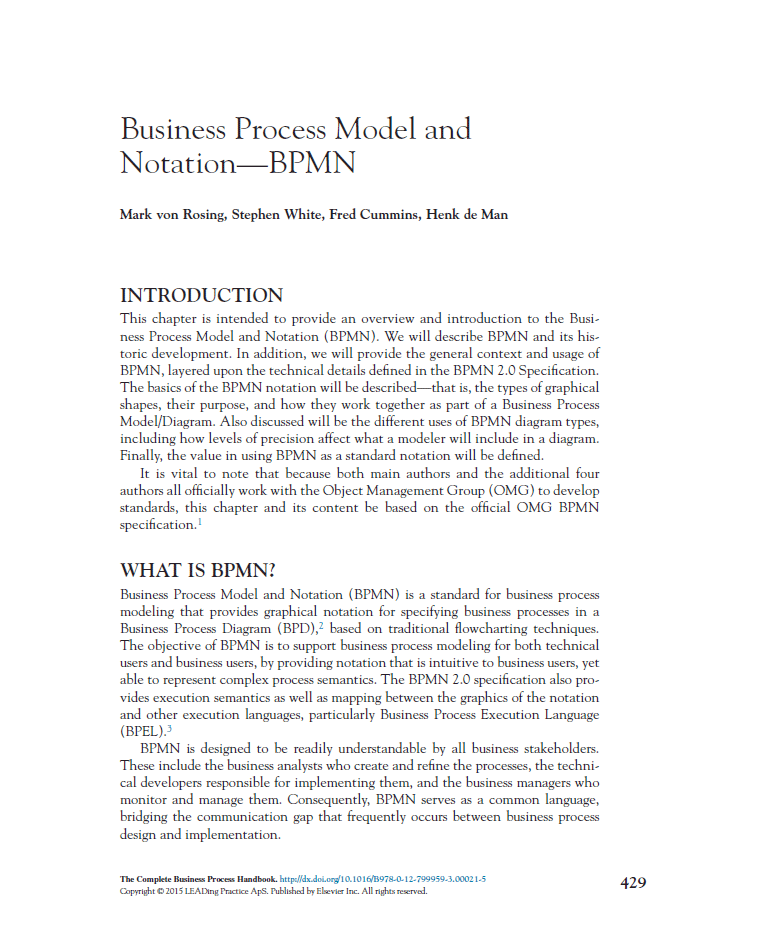
It provides a standard, common language for all stakeholders, whether technical or non-technical: business analysts, process participants, managers and technical developers, as well as external teams and consultants. At a more involved level, it’s targeted at the people who will implement the process, giving sufficient detail to enable precise implementation. In the following sections we will go over each of these BPMN task types by providing you with an example for each of them.At a high level, BPMN is targeted at participants and other stakeholders in a business process to gain understanding through an easy-to-understand visual representation of the steps. In BPMN 2.0, there are different types of tasks identified for use in representing more specific behavior that tasks might represent. Generally, a person or applications will perform the task when it is executed. You create a task when the activity cannot be broken down to a finer level of detail.

BPMN TasksĪ BPMN task is an atomic activity within a process flow. In this article, we will go cover each of these BPMN activity types in detail. There are basically three BPMN activity types:įor BPMN Task, the nature of task can be further specified by applying a ‘task type’. An Activity is can be atomic (Tasks) or decomposable (Sub-Processes). What is BPMN Activity?Ī BPMN Activity is simply "Work" that a company or organization performs in a business process. This helps people communicate process workflow design ideas effectively. BPMN introduces a set of graphical notations that can be easily understood by everyone, from technical people such as business analysts, software developers, and data architects to business stakeholders such as the end users and other business stakeholders. BPMN, short for Business Process Modeling Notation, is widely used modeling language for creating process workflows or business process flowcharts.


 0 kommentar(er)
0 kommentar(er)
